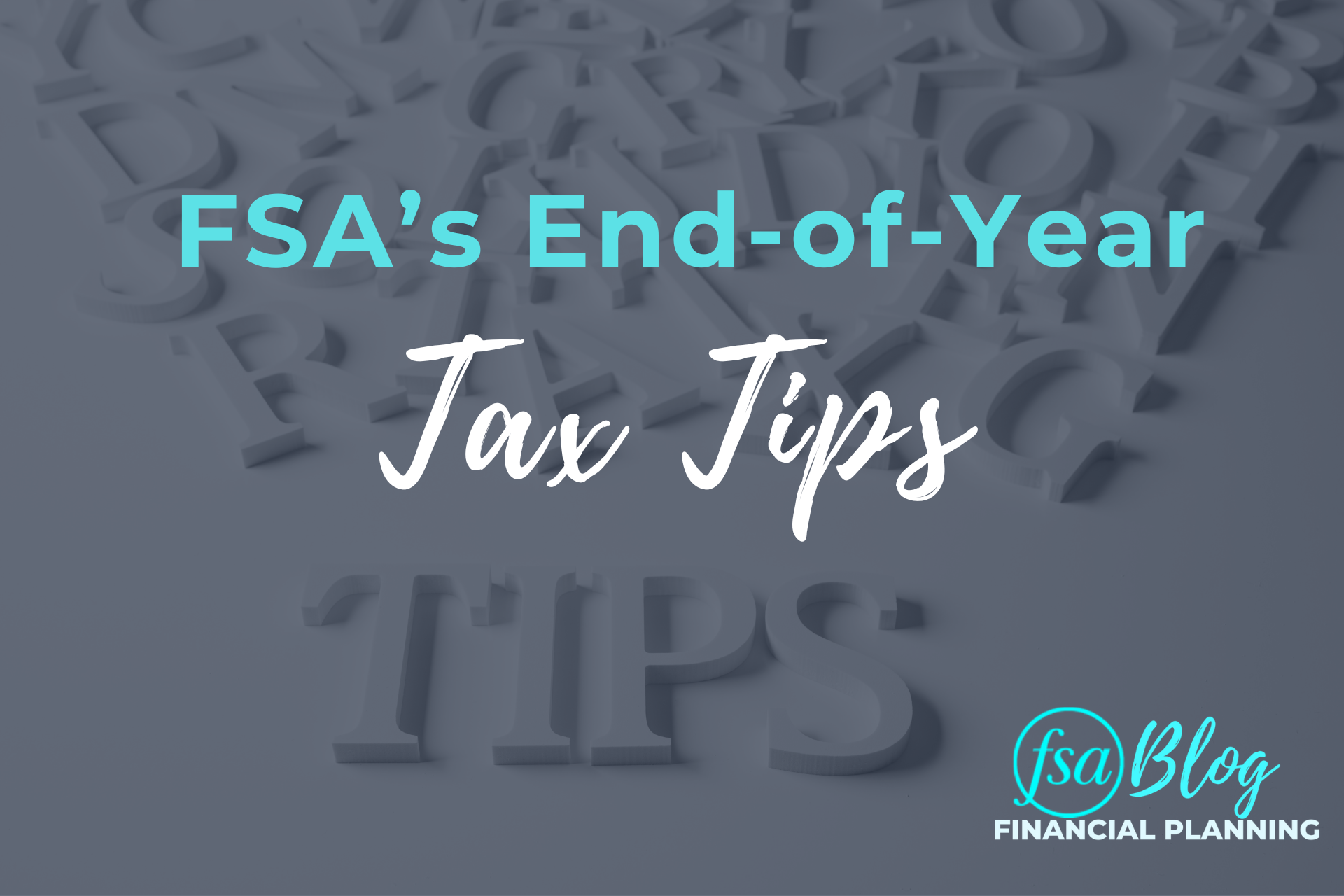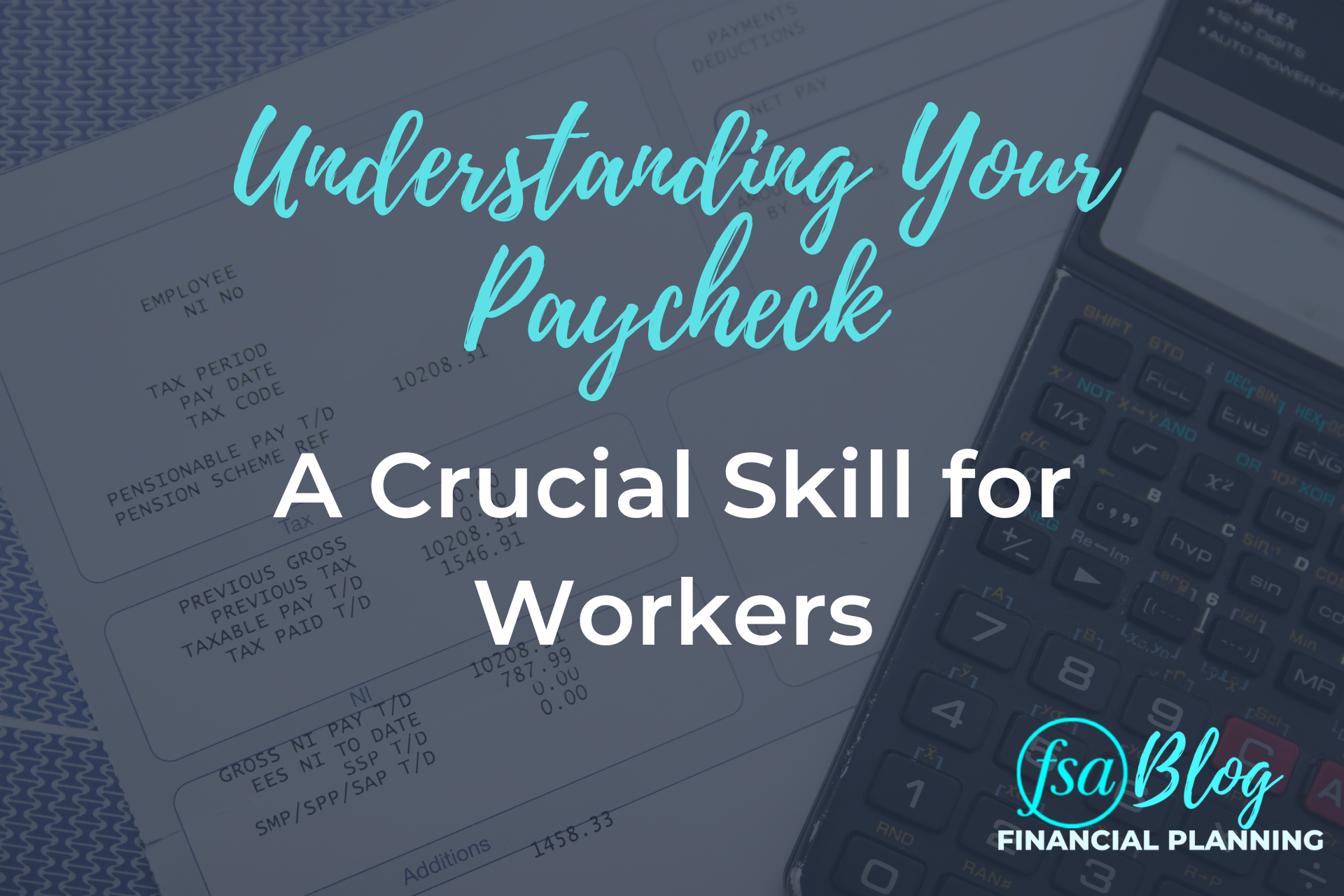With the 2022 extended tax filing deadline (October 16, 2023) come and gone, we thought it would be a good time to review a handful of tax tips before 2023 comes to a close. There are some actions that can be done before the 2023 tax filing deadline (April 15, 2024), but most actions are to be completed before December 31, 2023. Contributions to traditional and Roth IRAs, Health Savings Accounts (HSA), and certain retirement plans for self-employed individuals can be made in the next calendar year. Today we are going to focus on the tax planning opportunities to act on this year.
As always, give us a call if any of these strategies sound applicable to you!
Charitable Giving
There are various ways to give to your favorite charities and non-profit organizations. This could be as simple as writing a check or using a credit card, but there are other ways to make gifts that could give you a bigger bang for your buck on the tax front.
One strategy is to consider bunching, or front-loading, your contributions in a year in which you itemize deductions, then using the standard deduction the following year. For reference, the standard deduction in 2023 is $27,700 for married filing joint filers and $13,850 for single filers. Those over 65 years old receive $1,500 more in 2023. That’s a pretty high bar to surpass with your deductions. Here’s how to make this strategy work: If you give $15,000 a year to a charity, you could skip one year (and take the standard deduction), then in the next year donate $30,000 which would allow you to itemize your deductions.
For anyone older than 70.5, you could make your charitable contributions from your IRA. This is called a Qualified Charitable Distribution (QCD). The beauty of this strategy is that the distribution comes out of your IRA tax-free, and it does not matter if you itemize or use the standard deduction! This could be beneficial to those who must take their required minimum distribution (RMD) each year (over the age of 73) or to those older than 70.5 with large traditional IRA/401k balances.
Other, more complex gifting strategies could be used as well. Strategies such as utilizing a Donor Advised Fund (DAF) or gifting appreciated securities can help lower your tax burden in the current year. Regardless of your strategy, charitable giving needs to be completed by the end of the year.
Roth Conversions
A Roth conversion is a strategy in which you move money from a traditional (pre-tax) IRA into a Roth (tax-free) IRA. The strategy has pros and cons to it because it carries an upfront tax implication in the year in which a conversion takes place; however, afterwards the money gets to grow tax-free!
If you are in a lower tax bracket now than you will be later (for example if you retired before taking Social Security and/or start receiving your RMD) you could be a good candidate for a Roth conversion. FSA can work with your CPA to determine if this makes sense for you and how much to convert.
One thing to note: While contributions can be made up until the tax deadline for the prior year, Roth conversions can only be counted for the year in which the conversion took place.
Inherited IRAs
For an individual who inherited a non-spousal IRA, there are certain factors that need to be considered. The first is to determine if the original account holder had started taking RMDs from the account. This will affect the frequency in which withdrawals must be made for the inheritor. Those who inherited an IRA in 2020 or later have a new set of rules to follow. With a few exceptions, the new rule is that the funds must be withdrawn within 10 years. That means some strategy will need to be involved to determine how much to pull each year over that 10-year period to keep the tax impact as low as possible.
Withholdings and Estimated Taxes
Generally, most filers must pay 90% of their taxes before the end of the year. For those making estimated fourth-quarter payments, the deadline is January 17, 2024. The penalty on tax underpayments has risen to 7% this year. Make sure to check your withholdings with your CPA to avoid any interest or penalties. Tip your servers, not the IRS!
Tax-Loss Harvesting
If there are holdings in your taxable (non-retirement) accounts that have gone down, it could be an advantageous time to harvest those unrealized losses. Capital losses can be used to offset current year capital gains, carried forward to offset capital gains in future years, or up to $3,000 of losses can be used to offset ordinary income. While we are actively managing your accounts throughout the year, we are continually looking at ways to save on taxes in our strategies this time of year.
Many of these tax tips have complex layers and require careful planning, as well as professional tax advice. We always recommend that clients consult their CPA or tax professional when it comes to tax sensitive issues. To start the conversation about what tax planning strategies may work for you, send an email to questions@FSAinvest.com or click here to schedule a call with one of FSA’s CERTIFIED FINANCIAL PLANNER™ professionals.
FSA’s current written Disclosure Brochure and Privacy Notice discussing our current advisory services and fees is also available at https://fsainvest.com/disclosures/ or by calling 301-949-7300.




